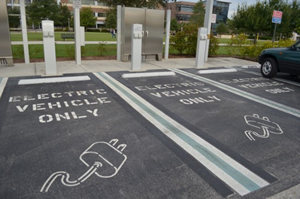Continue to stay up-to-date on the latest rater news and announcements.
NATE/RESNET HVAC Performance Verifier Exam
NATE is beta testing the NATE/RESNET HVAC Performance Verifier exam in July and August, 2013. Beta testing is done to make sure we have the right questions, we have the right approach and to receive industry input into the development. The beta exam is now available for HERS raters to take.
Several weeks ago, HERS raters were sent an invitation to take the NATE/RESNET exam at FSEC. The response on the registration page was great however the majority of those that signed up did not show up for the exam. In the future, if you will not be attending a class, test, etc that you have signed up in the FSEC store, please drop us an e-mail or call to cancel. This has been pretty disappointing since there was no cost for this exam.
The next exam is available on August 30 starting at 9:00 AM at FSEC. Registration is available at https://secure.fsec.ucf.edu/fsecstore/do/product/BldgExams/NATEexam
Rater Agreements
The EnergyGauge Office has been working on a HERS Rater packet. This packet should be going out in the early fall. This packet will contain specifics in what we expect from raters and what you can expect from the EnergyGauge Office. Please look for it in your mailboxes. You will have 30 days to execute the agreement after receipt.
Quality Assurance
Quality Assurance for the 2013 year is in full swing. I will be contacting you via e-mail and/or phone to schedule dates and times to get this done. I have complete confidence that you will cooperate fully with this process. Unfortunately, even if you do one home, I will have to get into that home. RESNET is enforcing this and if you do not respond the only choice that I have will be to suspend you from registering ratings. We will be adopting a formal policy regarding this situation and others concerning QA and will be included in your rater packet which should be going out to all HERS raters in the early fall.
Combustion Classes
You will have until January 1, 2015 to complete the combustion portion of your individual certifications. I know we have cancelled classes in the past because the exam was not ready. The exam is now ready and the fall class scheduled for November 19-21 will be held. Register at https://secure.fsec.ucf.edu/fsecstore/do/product/BLDG/Combust




